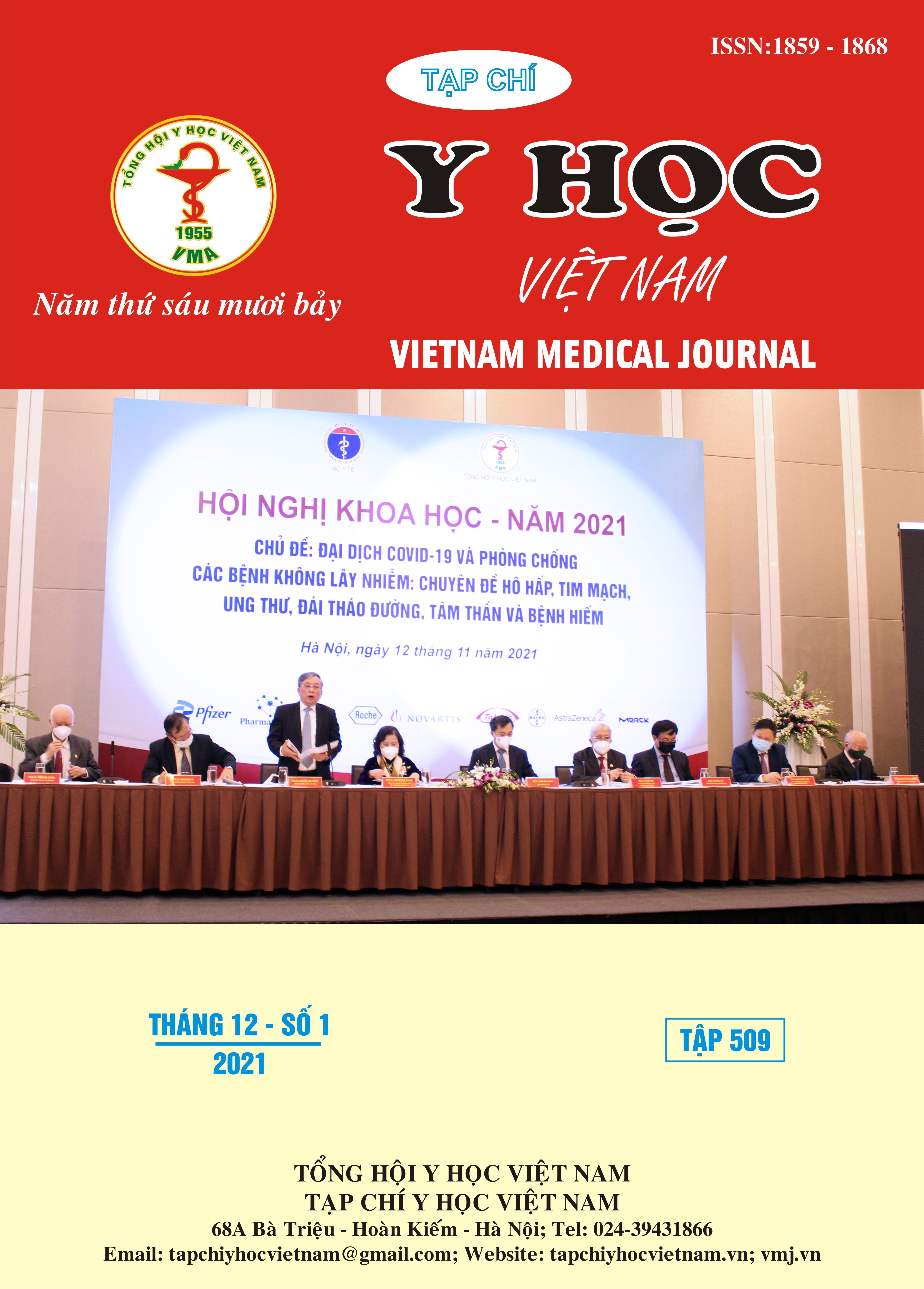CHARACTERISTICS OF BRAIN MAGHETIC RESONANCE IMAGING AND MAGNETIC RESONANCE ANGIOGRAPHY IN PEOPLE UNDERWENT PERIODIC HEALTH EXAMINATION IN 108 MILITARY CENTRAL HOSPITAL
Main Article Content
Abstract
Brainmagnetic resonance imaging (MRI) and magnetic resonance angiography (MRA) can detect brain anomalies and cerebrovascular anomalies such as brain tumors, atrophy, awhite-matter lesions, asymptomatic brain infarcts, aneurysms, arteriovenous malformations, occlusion or stenosis of cerebrovascular… and subclinical vascular pathologic changes. It is very important for stroke prevention. We conducted a analyzed brain 3.0 teslaMRI, MRA from 184 peoplewho underwent periodic health examination in 108 Military Central Hospital. Objective: To quantify the prevalence of incidental findings onMRI, MRA of the brain. Method: Prospective observational study from 184 people who underwent brain 3.0 teslaMRI, MRA. Results: Incidental intracranial findings were present in 9,7%. Asymptomatic cerebral infarction were present in 1 persons (0,5%); Cerebral aneurysm (2,2%) and arachnoid cyst (0,5%), in total 11 persons had excessive white matter hyperintensities (WMH) (5,9%). Conclusions: Incidental brain findings on MRI and MRA includingcerebral aneurysms, stenosis cerebrovascular, asymptomatic brain infarcts...These detectionsare very useful to prevent stroke.
Article Details
Keywords
Asymptomatic brain infarcts, cerebral aneurysms
References
2. Illes, J., Kirschen, M. P., Karetsky., (2004), Discovery and disclosure of incidental findings in neuroimaging research”,Journal of Magnetic Resonance Imaging, 20(5), pp.743–747.
3. Gur R.E., Kaltman D., Melhem E.R., (2013), “ Incidental Findings in Youths Volunteering for Brain MRI Research”, American Journal of Neuroradiology, 34 (10), pp. 2012-5
4. Håberg, (2016), “Incidental Intracranial Findings and Their Clinical Impact; The HUNT MRI Study in a General Population of 1006 Participants between 50-66 Years”, iMedPub Journals
5. Robinson RG, (1971), “Congenital cysts of the brain: arachnoid malformations”, Prog Neurol Surg; 4, pp.133-174
6. Kim BS, Illes J, Kaplan RT., (2002), “Incidental findings on pediatric MR images of the brain”, AJNR Am J Neuroradiol, 23, pp.1674–77
7. Rinkel., (1998), “Prevalence and risk of rupture of intracranial aneurysms: a systematic re-view”, Stroke, 29, pp.251-6
8. Yue NC, Longstreth WT Jr, Elster AD., (1997) “Clinically serious abnormalities found incidentally at MR imaging of the brain”, data from the Cardiovascular Health Study. Radiology, 202, pp. 41-6.


